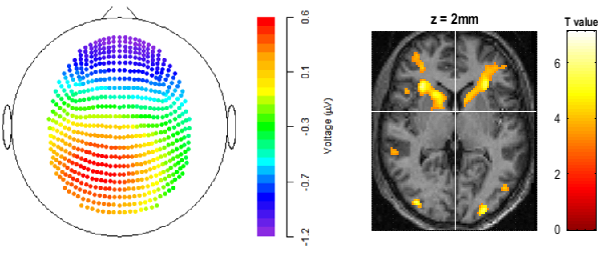BMIT research in the field of neural engineering includes the development of motor neural prothesis and assistive systems for neurorehabilitation, clinical pilot studies of the efficiency of new rehabilitation technologies, design of sensor systems for motion analysis (kinematics and dynamics) in a clinical environment, development and testing of systems for functional electrical stimulation as well modeling of humanoid systems. In addition, research involves the use of quantitative neuroimaging techniques as well as the development and testing of neural interfaces (brain-computer interfaces etc.).
Neural Engineering
Clinical Engineering
The Laboratory follows strict ethical policy based on Helsinki declaration. The experimental work in the Laboratory includes only healthy individuals. The validation of methods and instruments in individuals with health impairments take place by our clinical partners and collaborators with medical background and qualifications. BMIT maintains active cooperation with many clinics in Serbia. In teaching and research, emphasis is placed on defining and solving real challenges, always in cooperation with doctors and clinical engineers.
Medical Instrumentation Design
The main direction of activities in the Laboratory is the development of clinical devices according to CEN standards, with the overall goal to design systems which could in the future replace the import of expensive electrophysiological and other equipment. Among other, we developed the GammaKey system for acquisition and processing of data in nuclear medicine that is used within the Clinical Center of Serbia, Belgrade and Clinical Center of Vojvodina, Novi Sad. We have developed a polymyography MasterMyo system and AceLab data acquisition system that were used for research in the Clinic of rehabilitation “Dr Miroslav Zotović” in Belgrade. We also developed other research tools and devices that are used by our clinical partners.
Biomedical Signal and Image Processing

BMIT education and research in the field of processing of biomedical signals and images includes the application of complex mathematical tools for the extraction of diagnostic information from biomedical data. The multimodal approach is of particular importance for the registration of signals and images. The development of computer-assisted decision systems involves the extraction of features from signal and images in real time and classification based on previous experience or model. The development and validation of such systems that provide objective, quantitative diagnostics improves patient care and reduces costs.

